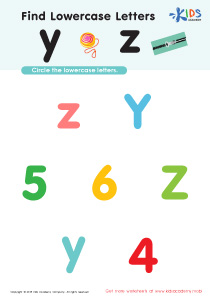Alphabet Recognition Normal Uppercase Letters Worksheets for Ages 4-7
10 filtered results
-
From - To
Enhance your child's letter identification skills with our "Alphabet Recognition Normal Uppercase Letters Worksheets for Ages 4-7." Designed to make learning fun, these worksheets help young learners recognize and differentiate uppercase letters, fostering early reading and writing abilities. Perfect for kindergarten and early elementary students, each activity is tailored to build confidence and reinforce knowledge through engaging, interactive exercises. From letter matching to exciting tracing challenges, our worksheets support varied learning paces and styles. Download now to support your child's alphabetical journey and set a strong foundation for their literacy development.
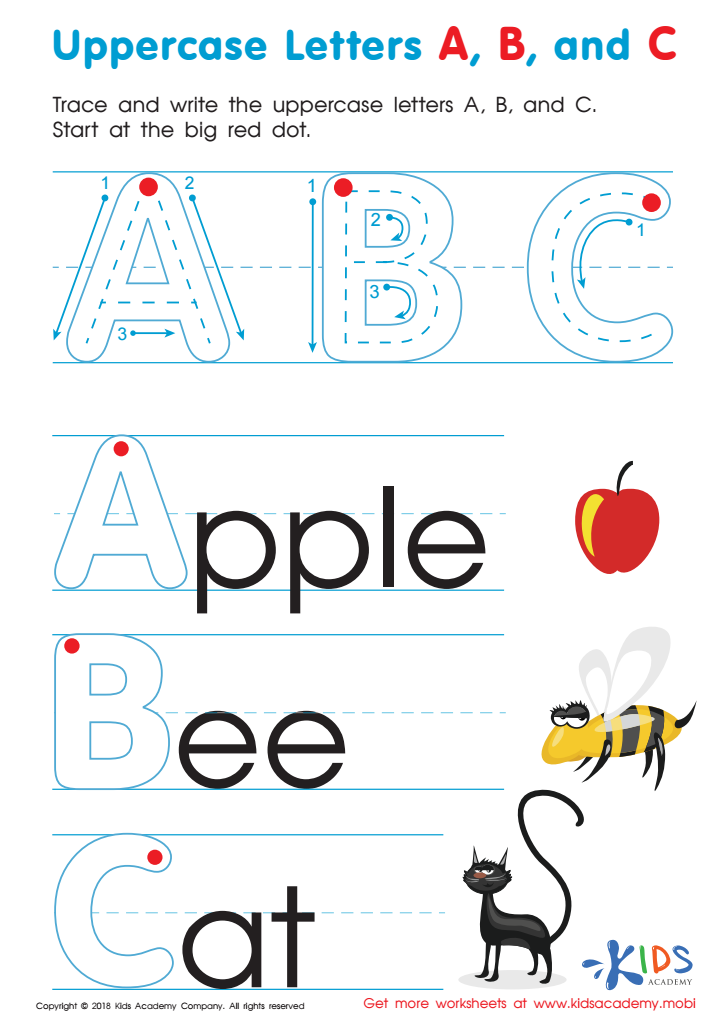

Uppercase Letters A, B, and C Worksheet
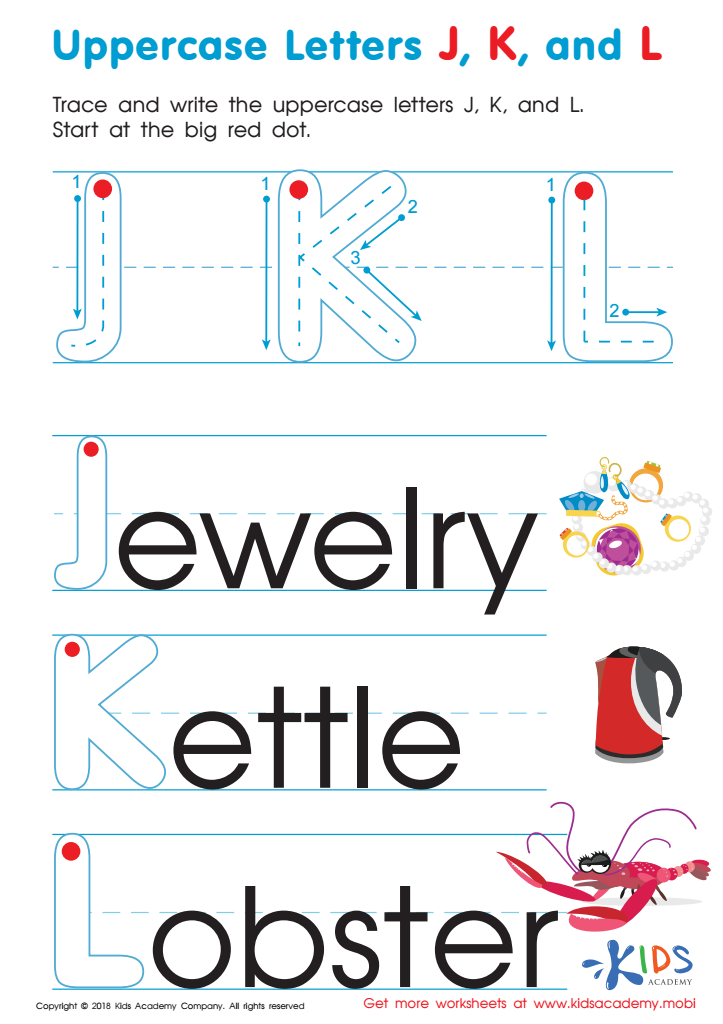

Uppercase Letters J, K, and L Worksheet
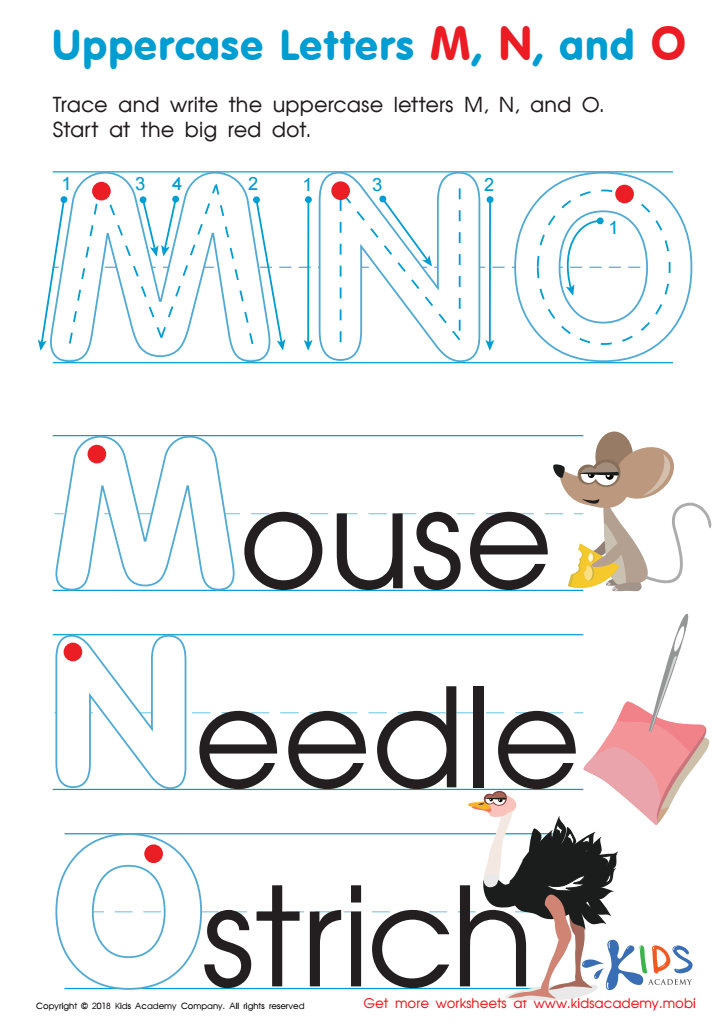

Uppercase Letters M, N, and O Worksheet
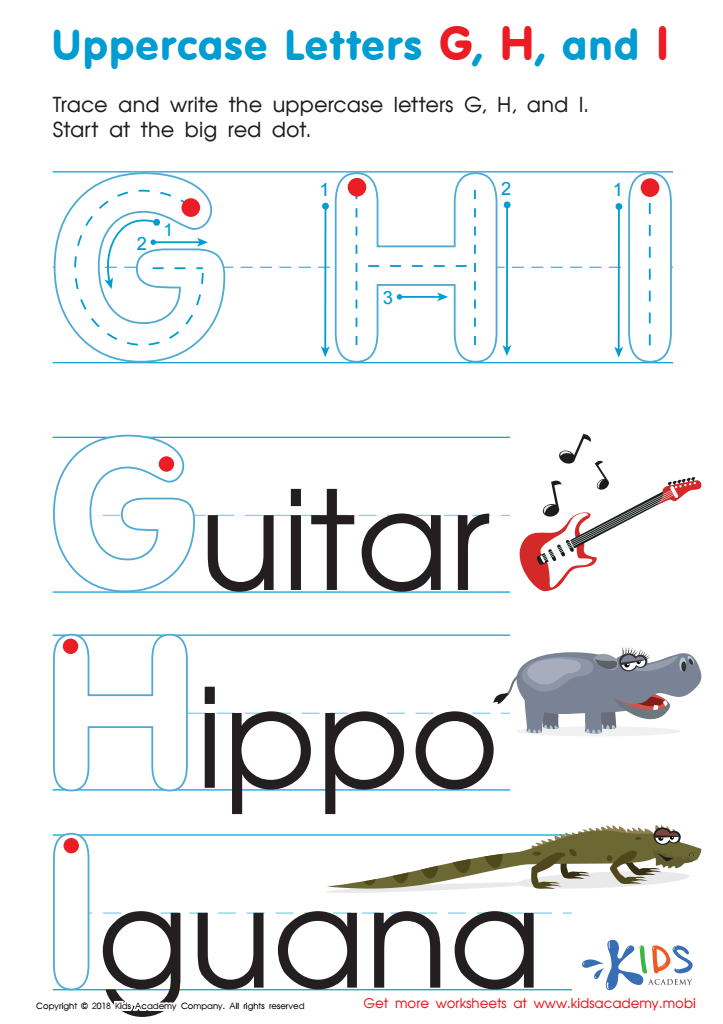

Uppercase Letters G, H, and I Worksheet


Find Uppercase Letters P, Q, and R Worksheet


Uppercase Letters P, Q, and R Worksheet
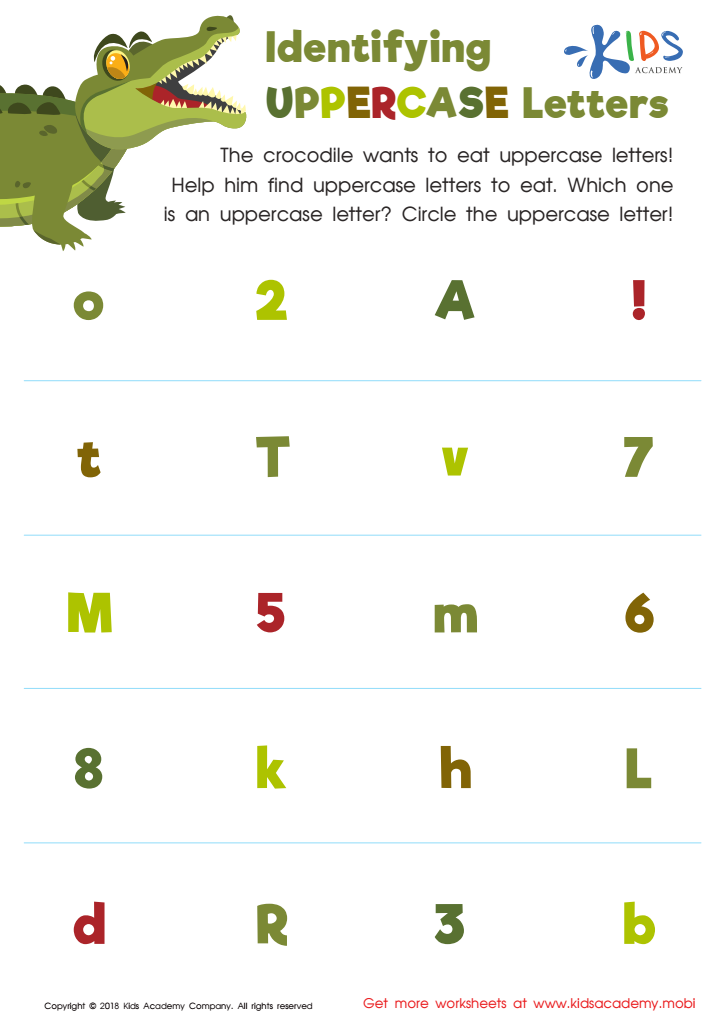

Identifying Uppercase Letters Worksheet
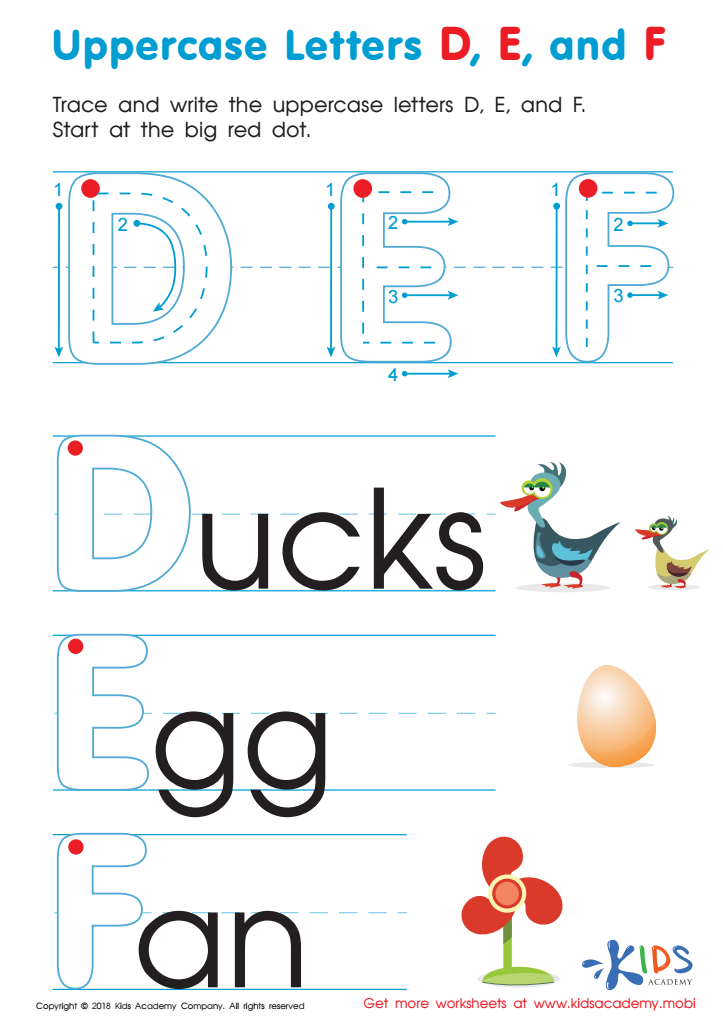

Uppercase Letters D, E, and F Worksheet
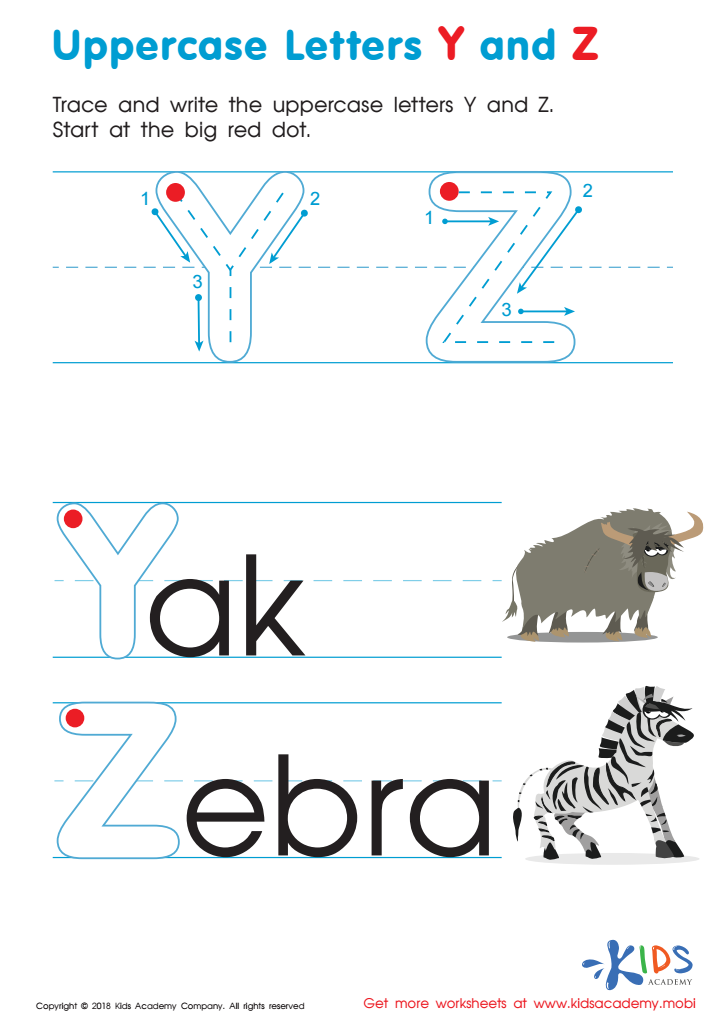

Uppercase Letters Y Z Worksheet
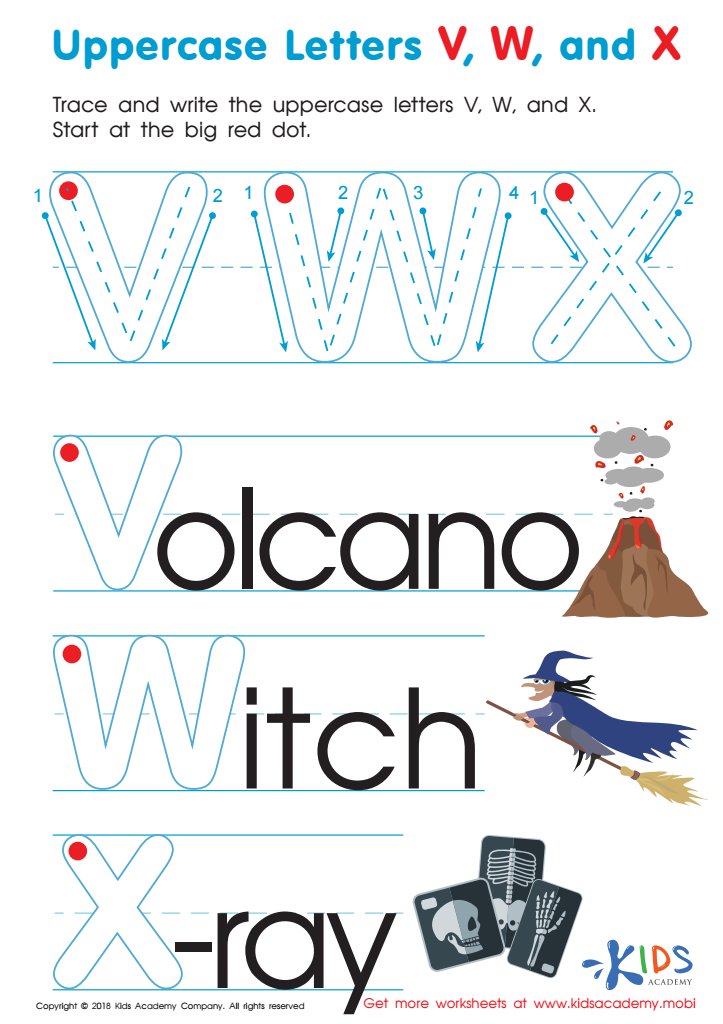

Uppercase Letters V, W, and X Worksheet
Alphabet recognition, specifically understanding normal uppercase letters, is crucial for children aged 4-7 as it forms the foundation for reading and writing skills. At this developmental stage, children are typically in preschool through first grade, where they are beginning to engage with written language more formally. Identifying uppercase letters helps children decode text, which is essential for reading fluency. When children recognize and differentiate letters, they build the visual and cognitive skills necessary to connect letters with corresponding sounds, enhancing their phonemic awareness.
Furthermore, knowing uppercase letters provides a scaffold for learning lowercase letters, which are more prevalent in written text. This early literacy skill boosts a child's confidence and motivates them to explore reading material independently. Recognizing uppercase letters is also important for following instructions, understanding signs, and engaging in classroom activities, which rely on letter recognition for transitions and labeling. Early mastery of alphabet recognition ensures children can meet educational benchmarks, setting them on a path to academic success. Parents and teachers supporting this skill through engaging activities and consistent practice help children develop a crucial, lifelong competency.
 Assign to My Students
Assign to My Students









